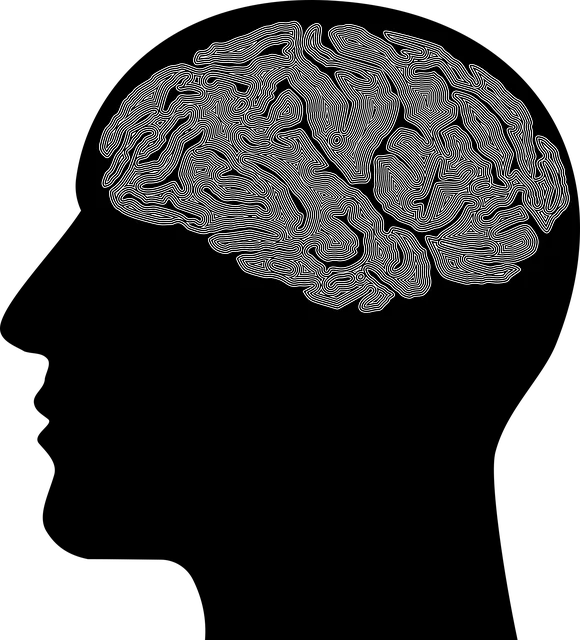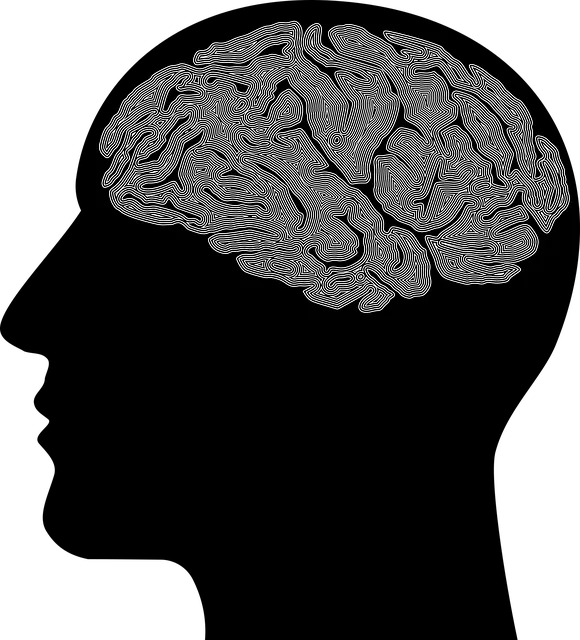Kaiser Permanente's behavioral health providers in Castle Rock advocate for inclusive mental wellness app design, addressing diverse needs through interactive tools and personalized therapy. Targeting specific populations like adolescents and seniors, their initiatives bridge care gaps, reducing stigma. Mental wellness apps, developed with market research and user-centric features, offer accessible resources from professionals, including mood tracking and crisis intervention. A successful app lifecycle involves prototyping, testing, and user engagement strategies to create a reliable mental health management tool fostering long-term well-being.
In today’s digital age, mental wellness apps offer a promising avenue for enhancing access to care. This article explores the burgeoning landscape of mental health app development, drawing insights from industry leaders like Kaiser Permanente and Castle Rock Behavioral Health. We delve into understanding user needs, targeting specific populations, identifying key features for effectiveness, and navigating the development process. Furthermore, we emphasize the critical role of integration and engagement strategies for long-term success, as demonstrated by best practices from Kaiser Permanente and the specialized approach of Castle Rock.
- Understanding Mental Health App Needs: A Kaiser Permanente Perspective
- Targeting Specific Populations: The Role of Castle Rock in Behavioral Health
- Key Features for Effective Mental Wellness Apps
- Development Process: From Concept to Launch
- Integrating and Promoting User Engagement for Long-Term Success
Understanding Mental Health App Needs: A Kaiser Permanente Perspective

At Kaiser Permanente, understanding the diverse needs of mental health app users is paramount in designing effective digital solutions. As a leading healthcare organization, Kaiser Permanente’s behavioral health providers in Castle Rock have identified several key areas where apps can significantly enhance patient care. The first step involves recognizing that mental wellness is multifaceted, encompassing not just anxiety and depression but also self-esteem improvement, stress management, and broader mental health education.
By integrating features tailored to these aspects, mental health app developers can cater to a wide range of users. For instance, incorporating interactive tools for self-assessment and personalized therapy plans, as well as organizing stress management workshops or educational programs within the app, can foster a holistic approach to mental wellness. Kaiser Permanente’s experience suggests that thoughtfully designed apps not only supplement traditional behavioral health services but also empower individuals to take control of their mental health in a convenient, accessible manner.
Targeting Specific Populations: The Role of Castle Rock in Behavioral Health

In the realm of mental wellness app development, targeting specific populations is a strategic move to address unique needs. Castle Rock, in collaboration with Kaiser Permanente behavioral health providers, has emerged as a leader in this space. By focusing on communities often overlooked or marginalized, these initiatives aim to bridge gaps in access to care. The Mental Wellness Podcast Series Production, for instance, offers a platform for sharing Empathy Building Strategies tailored to diverse groups, fostering understanding and reducing the Mental Illness Stigma Reduction Efforts that have long been needed.
This targeted approach recognizes the unique challenges faced by various demographics. For example, Castle Rock’s programs might cater to adolescents, providing tools for navigating mental health issues in a way that resonates with their age group and life experiences. Similarly, initiatives aimed at seniors could address age-related concerns and promote a sense of community, ensuring that all populations have access to the support they need.
Key Features for Effective Mental Wellness Apps

Mental wellness apps have emerged as powerful tools for individuals seeking support and guidance for their emotional well-being. When designed effectively, these applications can offer a range of features to cater to diverse user needs. One of the key aspects is providing accessible resources that enable users to connect with Kaiser Permanente behavioral health providers in Castle Rock or similar professional networks, ensuring easy access to expert advice.
Additionally, apps should incorporate features like resilience-building exercises and crisis intervention guidance to empower users with coping mechanisms. Mood management tools, such as mood tracking and personalized recommendations, can help individuals recognize and regulate their emotional states. By combining these elements, mental wellness apps have the potential to create a supportive environment, fostering positive changes in users’ lives.
Development Process: From Concept to Launch

The development process of a mental wellness app begins with an innovative concept aimed at enhancing access to Kaiser Permanente behavioral health providers in areas like Castle Rock. This initial phase involves market research, identifying user needs, and defining key features to ensure the app caters to specific mental health challenges. It’s during this stage that ideas for Mood Management tools, Mental Health Education Programs Design, and even Community Outreach Program Implementation are conceptualized.
As development progresses, designers and developers collaborate closely to transform the concept into a functional prototype. Rigorous testing ensures the app is intuitive, secure, and compliant with privacy standards. Once ready, the app undergoes beta testing, gathering feedback from potential users in Castle Rock and beyond. This iterative process refining the app’s user experience culminates in a polished, feature-rich product designed to improve mental wellness outcomes for all users.
Integrating and Promoting User Engagement for Long-Term Success

To ensure long-term success for mental wellness apps, integrating and promoting user engagement is paramount. Apps like those offered by Kaiser Permanente behavioral health providers in Castle Rock must foster a sense of belonging and continuity to encourage consistent use. Features that personalize content based on individual needs and preferences, such as adaptive mood tracking or tailored meditation plans, can significantly enhance user experience and commitment. Additionally, incorporating social components, like secure forums or peer support groups, allows users to connect with others facing similar challenges, boosting confidence and emotional intelligence over time.
Regular engagement strategies, including gamification elements, rewards systems, and daily check-ins, play a crucial role in keeping users invested. Crisis intervention guidance, seamlessly integrated into the app’s interface, can provide users with immediate support during periods of heightened distress, solidifying the app as a reliable resource for mental health management. By making these features central to the app’s design and actively promoting them through various user communication channels, developers can cultivate a dedicated community focused on long-term mental wellness.
Mental wellness apps have the potential to revolutionize access to care, especially with organizations like Kaiser Permanente and specialized platforms by Castle Rock focusing on behavioral health. By understanding user needs, targeting specific populations, and integrating engaging features, these apps can significantly contribute to improved mental health outcomes. The development process, from concept to launch, requires a thoughtful approach, ensuring long-term success through continuous user engagement and integration with established healthcare systems like Kaiser Permanente’s behavioral health providers.






